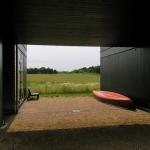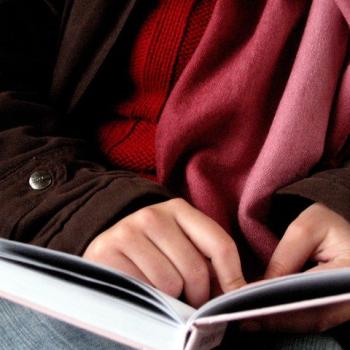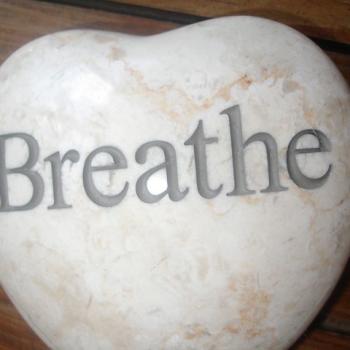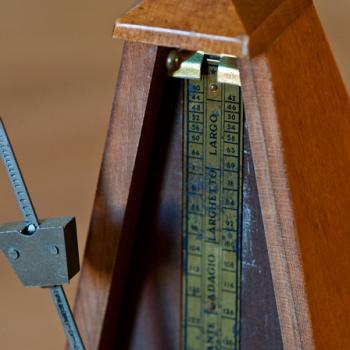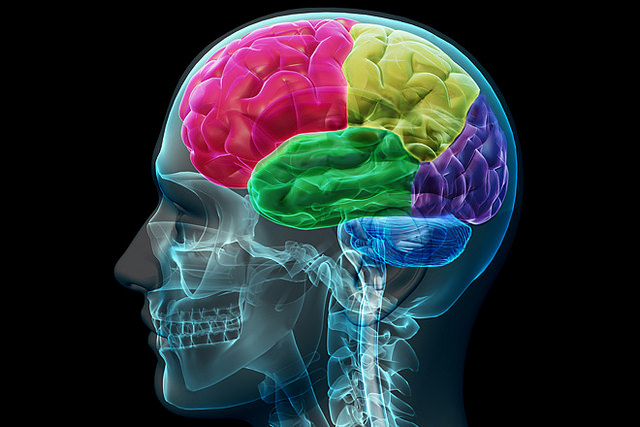
Making Sense of Our Own Minds
There are people who believe we become better leaders by following someone else.
Some people think we need to spend a lot of time studying and reading to become leaders. People go to school for years to analyze and think through leadership and leaders. We may study specific examples of leadership from history. It is almost as if we become leaders by understanding their insights and avoiding their mistakes.
Our own leadership might grow stronger as we learn from leaders who have gone before us. We can learn important lessons by understanding what has already happened.
Leadership, though, is not only the product of what we learn from other people. We cannot study our way into or out of effective leadership.
The leaders who inspire me do not want to repeat other people’s mistakes. They learn the most, though, by making their own mistakes.
Some of the leaders who are most inspirational to me are monks. The monks I know not only study what has happened but contemplate its lessons for us. Remembering what people before us have done and reflecting on it gives us understanding.
We do not want to make the same mistakes others have made when we can avoid them. Our insights and creativity give us new ideas, new ways to lead and motivate people.
We do not want to be caught in the situations which have trapped people before us. Leadership is neither repeating nor merely avoiding other people’s mistakes. Our intention is to know our own minds well enough to find our own ways forward.
We contribute in unique ways as we apply our own thinking to challenging questions.
Introducing Myself to Myself
I spent a lot of time in school studying history and learning what other people thought.
My understanding of leadership was primarily about finding ways for people to work together. If I could get this person to listen to that person long enough we might be able to accomplish something.
Most of what I learned in school was not about figuring out what I thought for myself.
It takes me more time and effort to understand myself than to learn about other people. I may be better at hiding from myself than other people are. It could be I was more motivated to sort out other people. There may have been safety and security in doing what others expected of me.
I had plans and goals, but I had copied them from other people.
It was not just that I did not do what I wanted to do. I did not really even think about what I wanted. My deepest self was essentially a stranger to me.
That was the day my relationship to myself began to change.
It was like meeting and getting to know anyone else.
I started by gathering information and being friendly with myself. There were deeply buried desires and qualities which I began to explore.
I came to see I had a somewhat adversarial relationship with myself, not treating myself particularly well. My assumptions seemed to be that I needed to work hard to become a better person. Part of my newly developing internal friendship was giving myself the benefit of the doubt.
I had tended to accept and absorb other people’s expectations and opinions of me. As I began to spend better quality time with myself I started to see things in a new light.
My broken relationship to my true self slowly began to heal.
Discovering Our True Selves
Getting to know our true selves requires we question our assumptions. It is as if we have been living with one eye closed or one arm tied behind our back.
By discovering and exploring our true selves we find strengths we never knew we had.
For example, I was a nuts and bolts kind of leader. Planning the steps we needed to take and then following the plan was one of my strengths. I could be flexible when I needed to be, but I was more comfortable being persistent. I trusted what I could see and hear and touch.
As I got to know myself on a deeper level I learned I also had intuition I could trust.
Discovering our true selves is more than a philosophical journey. Each day we take a few steps toward trusting a new friend. They may seem a little erratic at first, but they calm down as we get to know each other.
For me, a lot of getting to know myself has been about relaxing and giving myself permission. There were parts of myself of which I had been wary for as long as I could remember. I had taken on attitudes and assumptions from other people without questioning them. As I realized I saw myself in a different light, I came to see them differently as well.
It helps me to have other people I can trust as I work to build this relationship.
Leading From Our True Selves
We can learn from our reflections on the experiences of other people. Whether we read about them or hear them tell their own stories, they give us things to consider. The challenge for us is putting ourselves in their situations.
We do not become strong leaders because we can remember the specifics of every story. Our leadership is strengthened by how we bring our own personal set of skills to our work.
Like the monks I know, we need to take time to contemplate and reflect. We may not spend as much time each day as they do, but even short periods of time will help us.
Our leadership grows from who we are. We become stronger leaders as we grow in connection and appreciation for our true selves.
As we learn to trust who we are and what we have, we begin to see our own potential.
Who helps you as you explore your deeper selves?
How are we leading from our true selves this week?
[Image by ajeofj3]
Greg Richardson is a spiritual life mentor and leadership coach in Southern California. He is a recovering attorney and university professor, and a lay Oblate with New Camaldoli Hermitage near Big Sur, California. Greg’s website is StrategicMonk.com, and his email address is [email protected].


